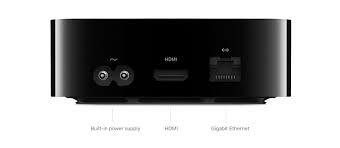
 By Gadjo Cardenas Sevilla
By Gadjo Cardenas Sevilla
Apple's iMac turned 16 recently, and I couldn't help but feel a bit nostalgic about this very important chapter in Apple's history and also in my own life. For many people, the iMac meant a more affordable Mac and one that looked unlike any other PC in the market. It ushered in a new era as the Mac for the Internet age as well as one that shed old standards for new ones. Here's a look back.
I first laid eyes on an iMac during my honeymoon, in Venice, Italy of all places. The store was closed when I first passed by, but they placed the original Bondi Blue iMac on a glass desk that was lit up so you could see and appreciate the deep transparent hues. The iMac looked like an alien device with its transluscent keyboard and puck-like mouse. I became obsessed with it.
It wouldn't be until a year later that I would finally buy my own iMac, I got in on the Rev 2 models which had various colours, I chose Blueberry and I remember the morning it arrived very clearly because I was hungover from celebrating in anticipation.
Long story short, that iMac enabled me to do more than any computer before it had. The internet was one thing, the iMac also allowed me to get into Adobe Photoshop and web design and was the first computer that I used to run my startup company (andwas the sole office Mac for many, many years).
As a product, the iMac was initially ridiculed by detractors and the rest of the PC industry that saw it as nothing more than an expensive bauble. This changed suddenly when the demand for iMacs rejuvenated Apple and showed that they were still an innovative force. Soon, everybody had transparent Bondi Blue accents on their products, from rival PCs to George Foreman Grills, even steam irons.
Many of the design and I/O elements of the iMac, like the use of USB, and the unified design were copied and adapted by the PC industry at large. The iMac has sure evolved since the original back in 1998, from the various translucent colours (remember, Flower Power, Blue Dalmatian?), to the G4 iMac with the adjustable arm and floating screen to the shrinking lucite and then aluminium iMacs of recent times.
The original is still special, it has that iconic quality that's both timeless, endearing and nostalgic; its the Volkswagen Beetle of the computing world.